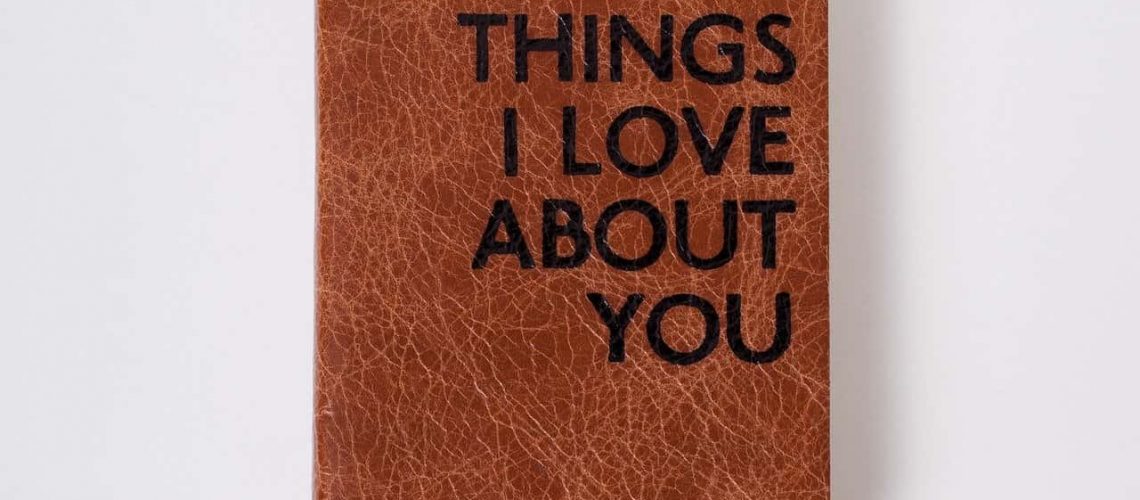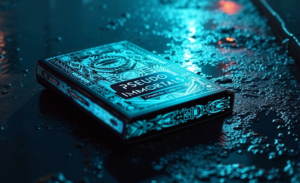Charissa, why don’t you publish biographies, children’s books, novels, non-fictions? Rather than just saying ‘No’ and disappearing into a cloud of smoke, I give short answers like, ‘I need to conduct more research on the segment’ or ’Not now, maybe in a few year’s time.’ This blog post is the long answer. 😊
I’m sure you don’t need me to tell you this, but the way people consume content is so different now. Searches on Short Love Poems, Haikus and Instagram poetry are becoming more frequent as readers become more impatient and demanding on the content they spend time on. Every second is calculated and judged immediately for their value.
For the publishing industry, this poses a great challenge. Getting people to read and focus on an article for more than a minute is a huge achievement. With these behavioral changes, the industry has to evolve. Words are created, morphed and deducted from outdated school vocabularies to suit millennial-speak.
As a millennial myself, even I struggle with new words of expression like Yeet, Skrrt and That beat slaps. Microsoft word can’t keep up too. Soon enough all of my words would be red-underlined.
To some poets, this phenomenon may seem like a great digression of quality, culture, and authenticity that insults the field and its community. 🙄These opinions occur every time there is a major shift in any art movement over any generation. Some writers adapt, and some prefer to stay where they are. Art is subjective.
Over 4 years of being in the publishing and writing industry, I’ve found that there are two types of poets. A spoken word poet, and a page poet; me being more of the latter. Often times, people would expect a page poet to perform and ignore the fact that he or she could potentially have a nervous breakdown. A free-form spoken word poet is expected to author a book, but they might feel restricted within its pages and might find it difficult to portray their tone of voice, pauses, and volume with just black and white text. There are opportunities where these poets can thrive in both fields.
| ✒️ Page Poet | 🎤 Spoken Word Poet | |
| Main Distribution channels | – Books – Ebooks – Audiobooks – Blogging (Tumblr) – Social Media posts – Self Publication channels | – Videos (Youtube/IGvideo) – Radio – Talks in events/gatherings/readings |
| Requirements | Requires good command in punctuations, vocabulary, and formatting to relay the author’s intention, tone and voice to the reader without the poet being there to assist them. | Requires good Stage Presence to relay the accurate emotions and intentions the performer wants to portray to listeners. |
| Reader Impact | Readers most often self-conclude and have their own interpretations of the piece | Readers are often influenced by the emotions portrayed by the performer, reaction of the audience, and the environment. |
| Technicalities | Ranges from free-form to very technical writing (meters, rhyme schemes, cadence) | Rhythm and technicalities are controlled and depicted by the performer through tone and volume of voice. |
| Known As | A writer | A performer |
| Audience | Readers | Listeners/Attendees |
| Method of consumption | Consumed privately | Consumed surrounded by a community |
| Positive Feedback | Dog ear-ring and highlighting passages, Book Sales, Social Media Reactions | Light finger snaps to encourage the performer |
| Negative/Constructive Feedback | Online comments on Goodreads, Social Media Channels, Book Sales, Social Media Reactions | Silence during the performance, face to face feedback when requested, if through online media: comments. |
| Poet Work Retention | Longer word retention as text can be referred easily, copy and pasted and saved. | Readers might forget the words performed but they will remember the emotions felt |
| Anonymity | You can be anonymous under a pseudonym. | You will be recognized (Unless you wear a bag over your head and use a voice changer for every performance) |
After identifying who I really am and leveraging on my strengths, I identified my product. Love.
Since 2016, my company Penwings Publishing has published a total of 4 poetry titles, 3 of them achieving best sellers in major bookstores nationwide in Malaysia, distributed in Singapore, Philippines and a stray airport in Brunei. I recently found out that my work is pirated as well. I’ll take it as one of my metrics of success. Totaling up to 30,000 books sold, I still find it quite a miracle, despite everyone telling me it’s a sunset industry.
What makes a love poem sell?
1. Timelessness 🕰️
No concept is ever truly timeless. Things just change slower. Slow enough that we don’t notice it changing in our lifetime. If you look at Love as Attraction, yes, it may be somewhat classified as timeless. However, relationships are not. What could be classified as a legitimate relationship changes from decade to decade? So, I tend to write poems that could survive the test of time no matter what new relationship structure appears in the future. A lot of poems now cater to ‘Poetry for Him’ or ‘Poetry for Her’, but those categories in itself get outdated. Using ‘I’s, ‘You’s’ and ’them’s’ can prolong the life of your piece and keep it relevant in centuries to come. Poetry about the self and philosophy is more complicated. To write these pieces you would need to research a lot, enough to earn the respect of other philosophers or researchers of your time. You’d probably be the age of 70 then, but it won’t hurt to start now and get yourself challenged a few times.
2. Relatability 👯
Poetry that revolves around politics, war, and current happenings are niche are more ‘seasonal’. Self-actualization themed poetry has a smaller segment in general if you would compare it to love-themed poetry. In terms of understanding these themes, self-actualization covers a broad set of ideas that poets might have a hard time focusing on. It could be ideas from self-confidence, self-love, love for family and friends, self-reflection, thriving in the workplace or love for the community. Love, on the other hand, is a much older, more familiar concept the public knows no matter what point of life they are currently in. It is not biased to age, less controversial (or not), and easily distributed. There are definitely more identifiable lows when one is in love. In the absence of companionship, people would turn to poems or other ways of coping to dull the pain. Heartbreak is painful. And when humans feel pain, knowing others feel it too helps normalize it. There’s nothing more hurtful than a person who you’ve chosen who’s is like you, rejecting you for who you are.
3. It’s a Basic need ❤️
Everyone needs love and companionship according to Maslow. Understanding my readers, I have come to conclude that although there are many distractions in life that could grant a person short term gratification, there’s always this pre-programmed, primitive need to be connected to another human interpersonally. As a Lead Product Designer in a leading fintech in Malaysia, I would always carefully segment and empathize with all of our users. I do the same when thinking about my readers, where I would focus on my early adopters and their basic needs. Creating a product that accompanies the reader through hardship creates invisible attachment threads between the reader and your product.
4. Measurable and unique ❄️
Love poems, in general, are perceived as tangible, measures of love that could be so hyper-personalized it reeks of genuine thought and authenticity. (Depending on if your language of love is Words) Gifts are easy, but poems are words from the heart, carefully chosen and articulated, often written in readable cursive on a high-quality card. Like promise rings, poems are symbols of serious love. Knowing that someone has spent an amount of time to reflect and think about their feelings for you, confirm them on paper while decorating them with rhyme and metaphors, only shows that feelings can be tangible and exchangeable.




